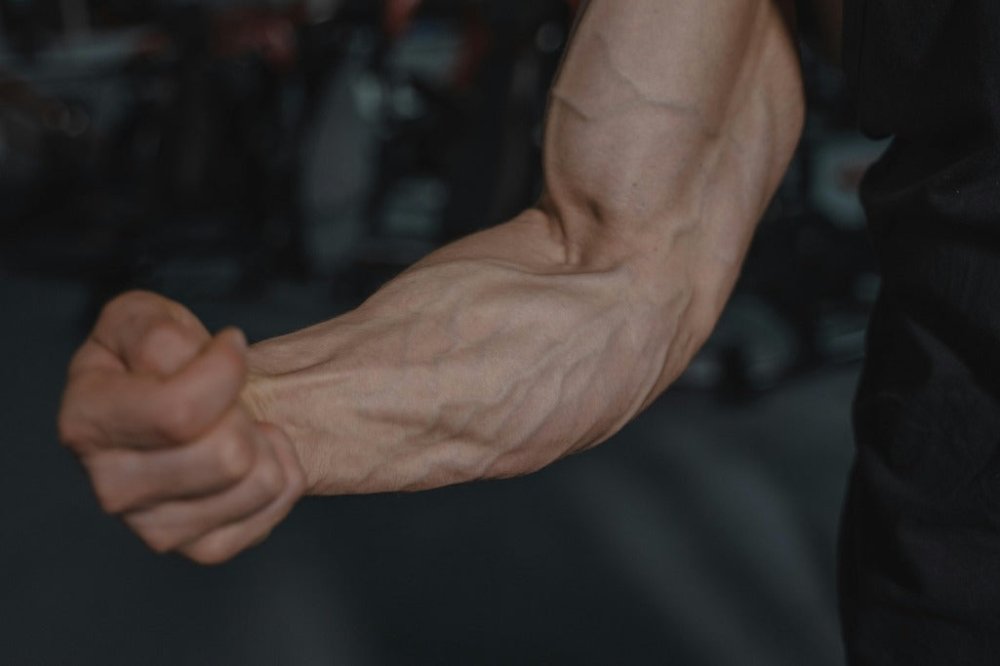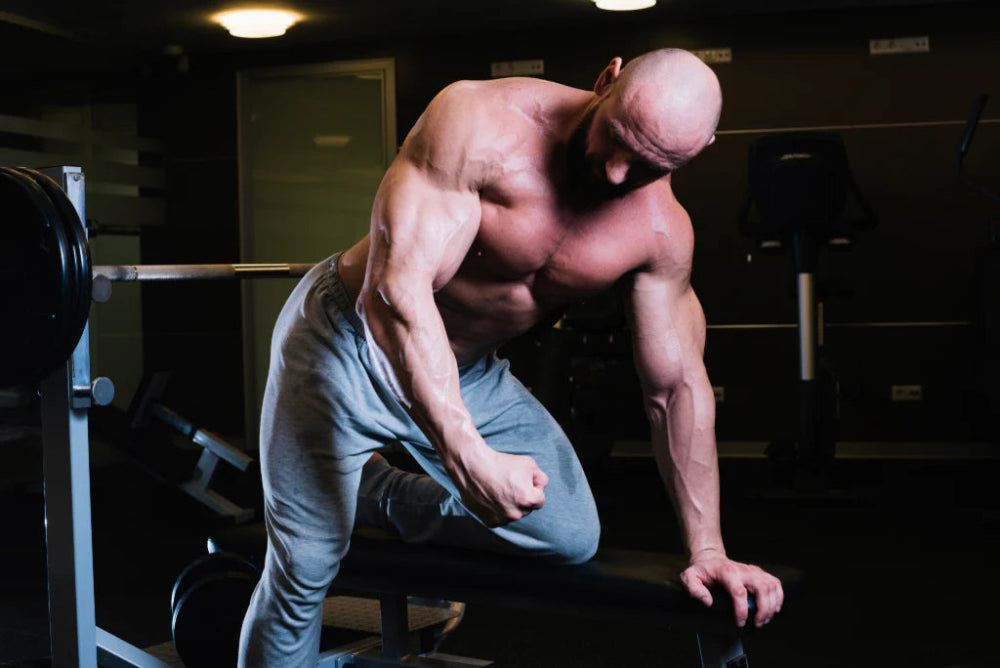When it comes to training and fitness, most people focus on big muscles: chest, back, abs, and legs.
But there's one area that often gets ignored, and it’s the forearm strength. And that’s a big mistake.
Strong forearm muscles play a major role in everything from lifting weights to typing, opening jars, and playing sports.
This isn’t just about aesthetics; it’s about real-life function.
Let’s break it down and talk about why forearm strength matters and how you can build it without overcomplicating things.
What Is Forearm Strength?
Forearm strength refers to the power and endurance of the muscles between your elbow and wrist.
These muscles help control your grip, wrist movement, and even the precision of your fingers. Think of them as the link between your upper arm and your hand.
Without strong forearm muscles, your overall upper body strength is compromised.
There are two types of strength here:
- Grip strength: Your ability to hold or squeeze something
- Wrist strength: The stability and mobility of your wrist joint during movement
Both are vital not only in workouts but also in daily life.
How Forearm Muscles Affect Your Grip
If you’ve ever done a deadlift, pull-up, or row, you might’ve noticed something: your hands give out before your back or arms do.
That’s because your grip strength is often the weakest link.
Strong forearms mean you can:
- Hold onto weights longer
- Reduce risk of dropping objects
- Train harder and longer without grip fatigue
Grip isn't just about lifting heavier. It’s also essential for bodyweight movements like:
- Pull-ups
- Chin-ups
- Hanging leg raises
Without good grip training, your progress hits a ceiling. Your bigger muscles won’t get the stimulation they need if your hands can’t hang on.
Why Wrist Strength Matters Too
The wrist is a small, complex joint, and it takes a lot of pressure in almost every arm movement. Whether you're doing push-ups, playing sports, or working with tools, the wrist is constantly in motion.
Weak wrists = higher injury risk.
Strong wrist strength means:
- More control over your movements
- Reduced wrist pain during training
- Lower chance of injury from repetitive tasks
This is especially crucial for people who work at desks all day. Typing, clicking, and swiping puts strain on the wrists. Strengthening the forearms can help with that.
Benefits of Strong Forearms in Daily Life
You don’t need to be a gym rat to benefit from strong forearm strength. Everyday activities require it:
- Carrying groceries
- Lifting kids or pets
- Opening stubborn jars
- Doing housework or yard work
- Driving long distances
Weak forearms make your hands and wrists tire faster. That leads to strain, soreness, and reduced performance, even in non-athletic tasks.
For office workers, improved forearm strength can help reduce symptoms of:
- Carpal tunnel
- Wrist fatigue
- Repetitive strain injuries
The Role of Forearm Strength in Sports and Fitness
Athletes across all sports benefit from better forearm muscles. Whether it’s swinging a bat, throwing a punch, or gripping a racket—forearm strength increases control, endurance, and force.
Sports that rely heavily on grip and wrist strength:
- Tennis
- Golf
- Rock climbing
- Gymnastics
- MMA and boxing
Even non-contact sports like swimming or cycling demand wrist and hand control. Strong forearms help transfer power and maintain stability.
In weightlifting, forearms are crucial for compound lifts:
- Deadlifts
- Rows
- Pull-ups
- Cleans and snatches
Without good forearm conditioning, you won’t reach your full potential.
How to Build Forearm Strength Efficiently
You don’t need fancy gear to train your forearms. A few simple exercises can deliver major results.
1. Farmer’s Carries
Grab two heavy dumbbells and walk. That’s it. This builds grip strength, wrist strength, and total-body stability.
2. Dead Hangs
Hang from a pull-up bar. Try to hold as long as possible. This trains your grip, shoulder stability, and mental toughness.
3. Wrist Curls
Sit on a bench. Rest your forearms on your thighs. Hold light dumbbells and curl your wrists upward. Then reverse for reverse wrist curls to hit both sides.
4. Towel Pull-Ups
Wrap a towel around a pull-up bar and grip it. Perform pull-ups this way for an intense forearm workout.
5. Grip Trainers or Squeeze Balls
Simple tools like hand grippers or stress balls can help build hand strength and tendon strength over time.
Consistency is key. Train your forearms like any other muscle—2–3 times a week, with progressive overload.
The Importance of Recovery
Because your forearms are used so often, they’re prone to overuse. Pay attention to:
- Proper warm-up and stretching
- Rest days
- Using correct form during lifts
Mix mobility work with your strength training. Include wrist rotations, gentle stretches, and massage if needed.
Why You Shouldn’t Skip Your Forearm Workout
If you’re serious about getting stronger, moving better, and feeling more capable—don’t overlook your forearm strength. It’s not flashy, but it’s one of the most functional muscle groups you can train.
Here’s a quick recap:
- Strong forearms improve grip, wrist control, and endurance
- They reduce injury risk in sports and everyday life
- They help unlock better performance in upper-body exercises
Train your forearms with intention, and you’ll notice the benefits everywhere—from the gym to your daily routine.



